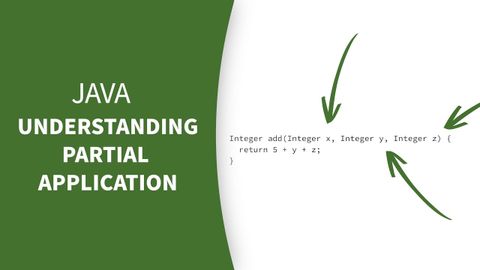
Subtitles & vocabulary
Java Tutorial - Understanding partial application
00
Summer posted on 2022/10/09Save
Video vocabulary
specific
US /spɪˈsɪfɪk/
・
UK /spəˈsɪfɪk/
- Adjective
- Precise; particular; just about that thing
- Concerning one particular thing or kind of thing
A2
More matter
US /ˈmætɚ/
・
UK /'mætə(r)/
- Intransitive Verb
- To be of great importance; to count
- Uncountable Noun
- Material all things are made of that fills space
A1TOEIC
More general
US /ˈdʒɛnərəl/
・
UK /'dʒenrəl/
- Adjective
- Widespread, normal or usual
- Not detailed or specific; vague.
- Countable Noun
- Top ranked officer in the army
A1TOEIC
More exact
US /ɪɡˈzækt/
・
UK /ɪɡ'zækt/
- Adjective
- Completely correct; accurate; specific
- Transitive Verb
- To get something, sometimes using force
A2TOEIC
More Use Energy
Unlock All Vocabulary
Unlock pronunciation, explanations, and filters
